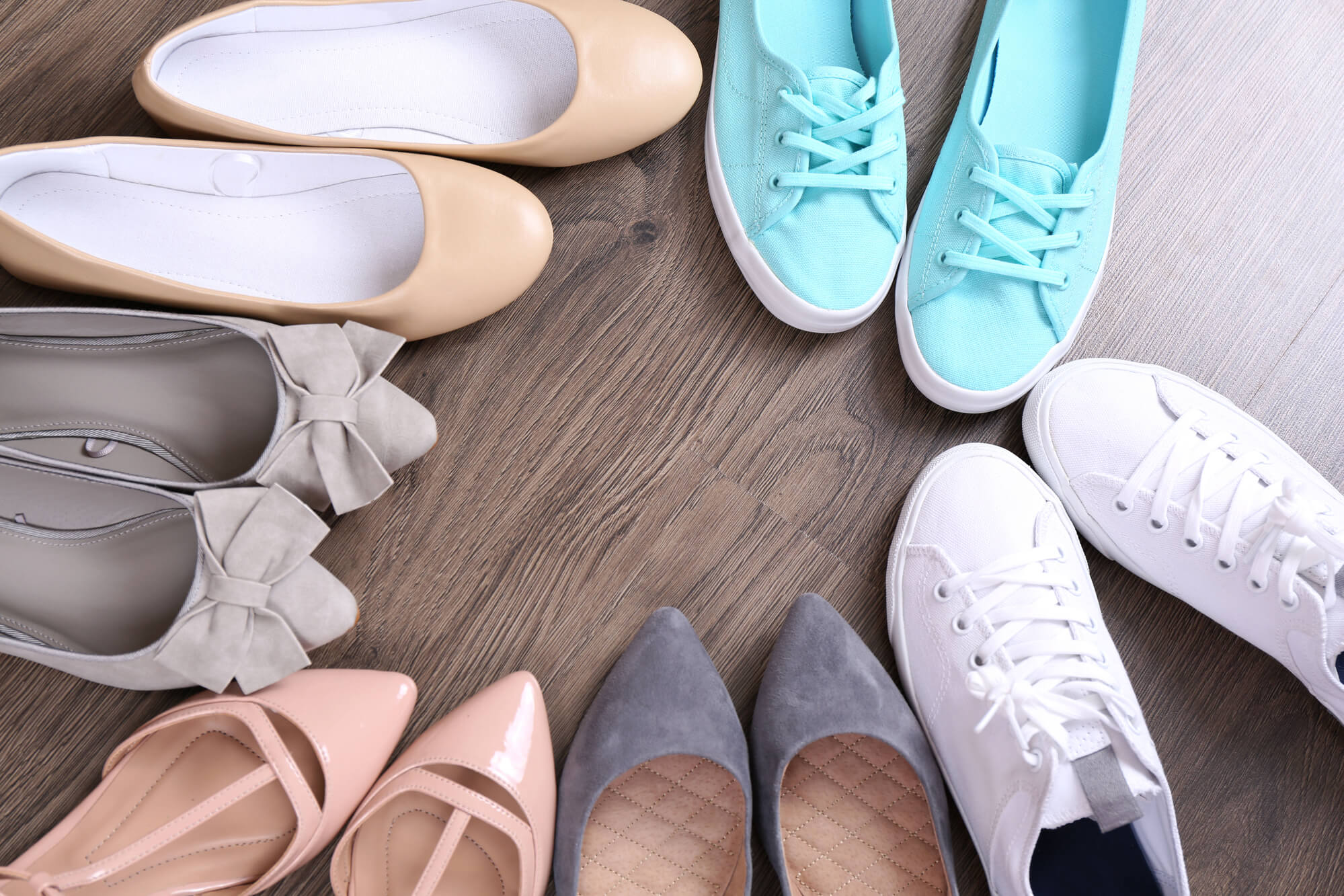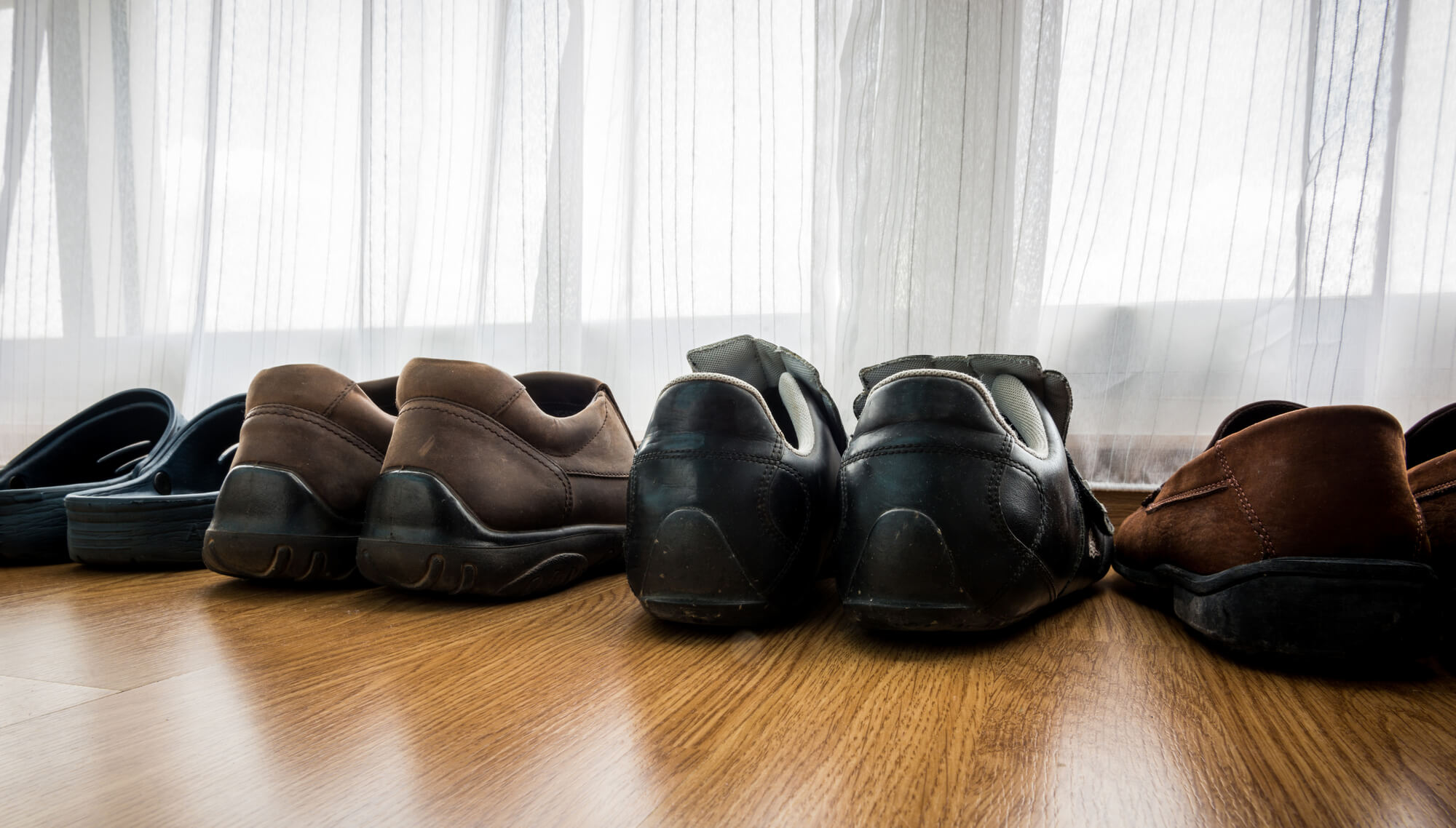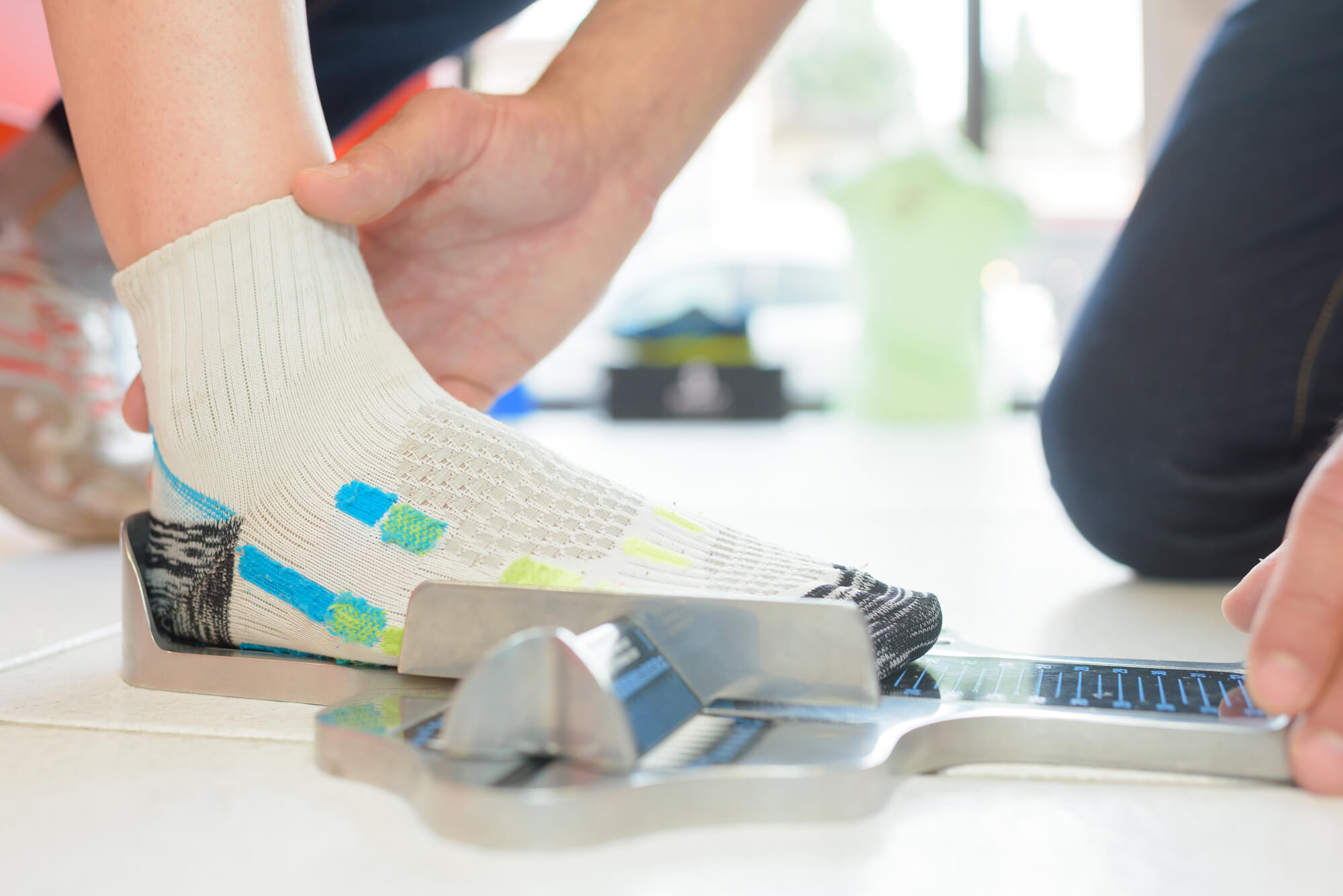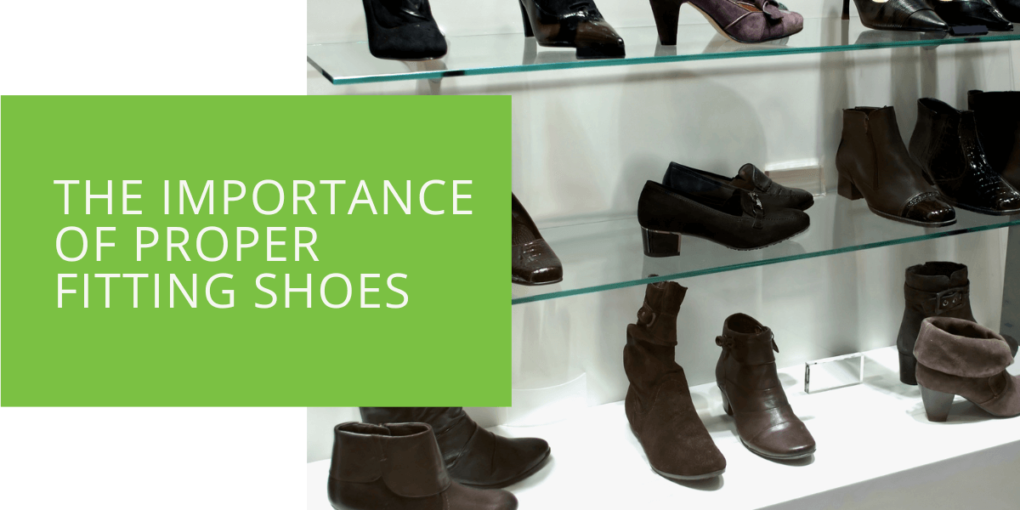The Importance of Proper Fitting Shoes
As the saying goes, "if the shoe fits, wear it." But what if it doesn't fit? Ill-fitting shoes can cause a variety of foot problems, from blisters and calluses to more serious issues like corns, ingrown toenails, and even joint injuries. That's why it's important to invest in a pair of shoes that fit properly and provide the necessary support and cushioning for your feet.
In this article, we'll explore why properly fitting shoes are essential for foot health, the risks of wearing shoes that don't fit correctly, and how to find shoes that fit properly.
The Importance of Proper Fitting Shoes
Wearing shoes that fit properly is important for several reasons, including:
1. Promotes Optimal Foot Health
Wearing shoes that fit properly can help prevent a variety of foot problems, from blisters and calluses to more serious issues like corns, bunions, and joint injuries. Shoes that fit properly provide the necessary support and cushioning to reduce the risk of foot problems and promote optimal foot health.
2. Improves Gait and Balance
Shoes that fit properly can also improve your gait and balance, which can reduce the risk of falls and other injuries. When your shoes fit properly, they help distribute your weight evenly across your feet, reducing the risk of overpronation or supination.
3. Reduces Swelling
Shoes that fit properly can also help reduce swelling and other foot problems. When your shoes fit correctly, they don't put unnecessary pressure on your feet, which can reduce the risk of foot and ankle swelling.

The Risks of Ill-Fitting Shoes
Wearing shoes that don't fit properly can cause a variety of foot problems, including:
1. Blisters and Calluses
Ill-fitting shoes can cause blisters and calluses, especially on your toes and the bottom. These can be painful and unsightly and can make it difficult to wear shoes.
2. Foot Injuries
Wearing shoes that don't fit properly can also increase your risk of foot injuries, such as sprains and strains. When your shoes don't fit correctly, they don't provide the necessary support and cushioning, which can lead to foot injuries.
3. Corns and Bunions
Ill-fitting shoes can also cause corns and bunions on your feet, especially around your big toe. These can be painful and can make it difficult to walk or wear shoes.
4. Ingrown Toenails
Wearing shoes that are too tight can also increase your risk of ingrown toenails, which can be painful and unsightly. Ingrown toenails occur when the sides of your toenail grow into the skin around your nail, causing pain and swelling.

Factors to Consider When Choosing Proper Fitting Shoes
When choosing shoes that fit properly, there are several factors to consider:
1. Shoe Size
Make sure you know your shoe size and try on shoes in that size. Keep in mind that your shoe size may change over time, so it's a good idea to have your feet measured regularly.
2. Toe Box
Make sure the toe box of the shoe is wide enough to accommodate your toes without rubbing or pinching.
3. Arch Support
Choose shoes with the appropriate level of arch support for your feet. Some shoes come with built-in arch support, while others may require additional inserts or orthotics.
4. Heel
Choose shoes with a heel that provides adequate cushioning and support for your feet. Make sure the heel doesn't slip or rub against your skin.
5. Length and Width
Make sure the shoe is the correct length and width for your foot. Shoes that are too long or too narrow can cause your foot to slide inside the shoe, leading to blisters and other foot problems.

Tips for Finding the Right Fit
Here are some tips for finding the right fit when shopping for shoes:
1. Shop for Shoes Later in the Day
Your feet tend to swell throughout the day, so it's a good idea to shop for shoes later in the day when your feet are at their largest.
2. Measure Both Feet
Make sure to measure both of your feet, as one foot may be larger than the other.
3. Try Shoes on with Socks
Wear the same type of socks you plan to wear with the shoes when you try them on. This will give you a better idea of how the shoes will fit with your socks on.
4. Walk Around in the Shoes
Please take a few laps around the store in the shoes to make sure they feel comfortable and provide the necessary support.
5. Consider Orthotics
If you have foot problems or need additional arch support, consider using orthotics in your shoes. Your podiatrist can help you find the right type of orthotic for your feet.
Conclusion
Properly fitting shoes are essential for foot health. Wearing shoes that fit properly can help prevent a variety of foot problems, improve your gait and balance, and reduce the risk of foot and ankle injuries. When shopping for shoes, consider factors such as length and width, arch support, and heel cushioning, and try on shoes later in the day with the same type of socks you plan to wear with them. With the right pair of shoes, you can keep your feet happy and healthy for years to come.

